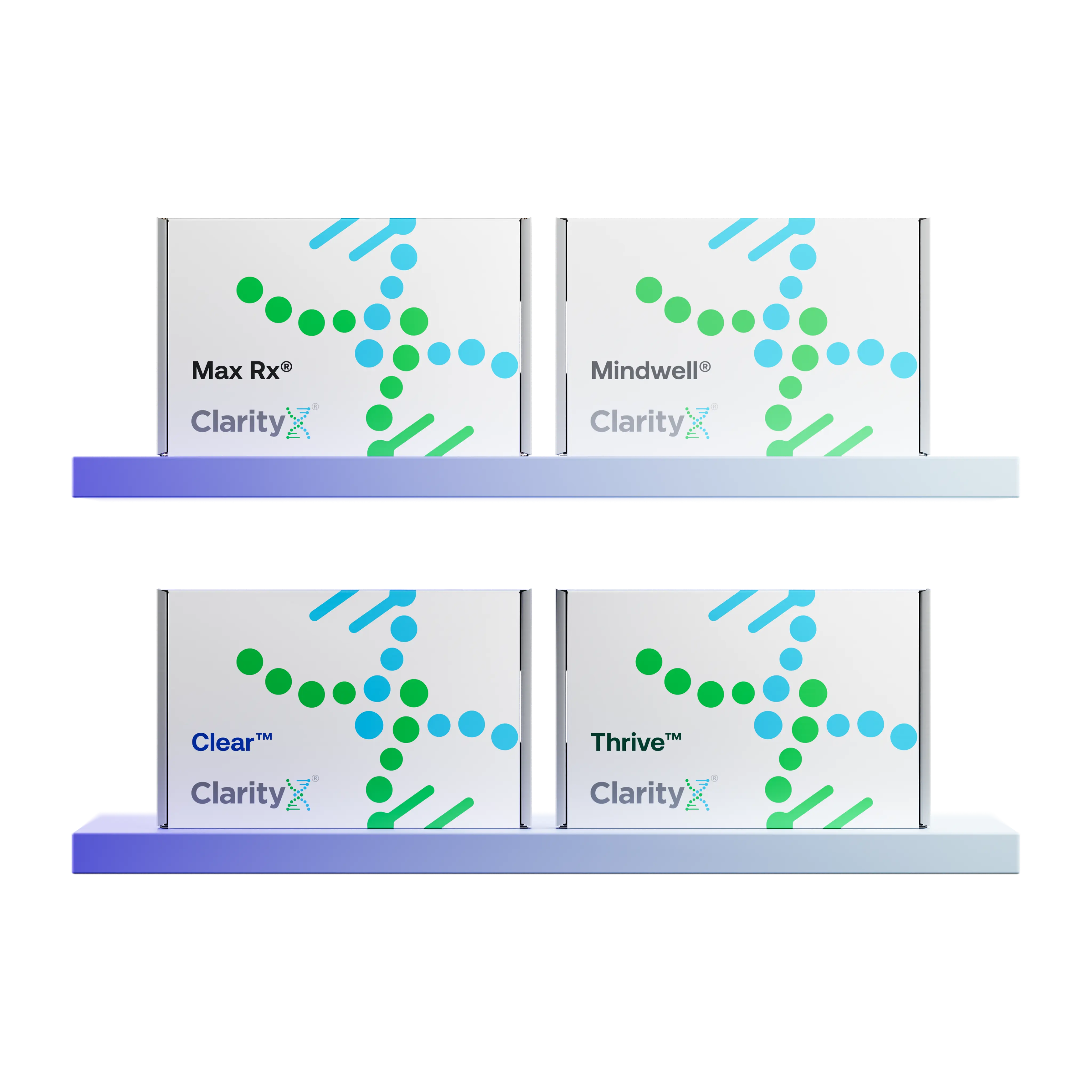Key Highlights
- Pink eye, clinically known as conjunctivitis, is an inflammation of the conjunctiva caused by bacteria, viruses, or allergens, leading to symptoms like eye redness and discharge.
- Eye allergies, a form of allergic conjunctivitis, are an immune system response to common allergens like pollen, pet dander, or dust mites, typically causing watery, itchy eyes.
- The primary symptoms of infectious pink eye often include thick green or yellow discharge and crusting of the eyelids, whereas eye allergies are more commonly associated with sneezing and puffy eyelids.
- A crucial point in the Pink eye vs Allergies debate is contagiousness: viral and bacterial conjunctivitis are highly contagious, while allergic conjunctivitis is not.
- Distinguishing between the different forms of pink eye is essential for proper treatment, such as antibiotics for bacterial cases and antihistamines for allergy symptoms.
Introduction
Dealing with red, itchy, and watery eyes can be a frustrating experience that disrupts your daily life. In most cases, the culprit is either pink eye (conjunctivitis) or allergic conjunctivitis. While both conditions share similar symptoms like watery and itchy eyes, their underlying causes are fundamentally different. Pink eye is typically caused by a viral or bacterial infection, whereas eye allergies are an immune system reaction to irritants like dust, pollen, or pet dander.
Understanding the distinction in the Pink eye vs Allergies comparison is crucial for seeking the right treatment and preventing potential complications. Let's explore the specifics of each condition to provide you with a clearer understanding.
Understanding Pink Eye (Conjunctivitis)
Conjunctivitis, commonly called pink eye, is the inflammation of the conjunctiva—the thin, transparent membrane covering the white part of the eye and the inner surface of the eyelids. This condition can be triggered by a virus, bacteria, or an allergic reaction. The hallmark signs include noticeable eye redness, watery discharge, and an itchy or gritty sensation. To treat pink eye effectively, a healthcare provider must first identify the underlying cause to determine the appropriate course of action.
What Causes Pink Eye?
The cause of pink eye determines its type. The most frequent form is viral conjunctivitis, which occurs when a virus, such as those responsible for the common cold, causes inflammation of the conjunctiva, leading to redness and a burning feeling.
Bacterial conjunctivitis results from infection by bacteria like Staphylococcus aureus or Streptococcus pneumoniae. It is often contracted through contact with contaminated surfaces or close interaction with an infected individual and typically produces a thick, green or yellow eye discharge.
Finally, allergic conjunctivitis is a non-contagious form of pink eye where the immune system overreacts to allergens like pollen or pet dander. Recognizing the specific trigger is the first step toward effective treatment.
Common Symptoms of Pink Eye
While symptoms can vary by type, most cases of pink eye begin with eye discomfort and visible redness.
- Viral Conjunctivitis: Characterized by excessive tearing, redness, and a gritty feeling. It often begins in one eye before spreading to the other.
- Bacterial Conjunctivitis: The primary sign is a thick, pus-like discharge (yellow or green) that can cause eyelids to feel sticky or crusted shut upon waking. Swelling and redness are often more pronounced.
Key Symptoms of Pink Eye Include:
- Visible redness and inflammation of the eye
- Watery discharge (common in viral cases)
- Thick yellow or green discharge (indicative of bacterial infection)
- Itchy, gritty sensation
- Swollen eyelids and sensitivity to light
Early recognition of these pink eye symptoms is key to seeking timely care.
Exploring Eye Allergies (Allergic Conjunctivitis)
Eye allergies, or allergic conjunctivitis, occur when allergens like pet dander, dust mites, or pollen trigger an immune response. The classic signs are red, itchy, and excessively watery eyes. Unlike infectious conjunctivitis, eye allergies typically do not produce a thick discharge. Treatment focuses on relieving discomfort with allergy eye drops and controlling the systemic reaction with medications such as oral antihistamines.
Individual responses to medication vary widely; some people encounter side effects, while others discover certain drugs aren't effective for their condition. Genetic testing for medication can overcome these challenges by identifying the most appropriate treatments, uniquely suited to an individual's genetic predispositions.
Main Triggers of Eye Allergies
The primary cause of eye allergies is exposure to environmental allergens. Seasonal allergic conjunctivitis is often tied to high pollen counts from trees, grasses, and weeds in the spring and fall. Perennial allergies, however, can occur year-round and are triggered by indoor allergens such as dust mites, pet dander, and mold. Environmental irritants like smoke and pollution can also exacerbate allergic reactions.
Key Triggers of Eye Allergies Include:
- Seasonal pollen
- Indoor dust mites
- Pet dander
- Environmental irritants like smoke
- Sensitivities to cosmetics or medications
Identifying and avoiding your specific triggers is the most effective way to manage allergic conjunctivitis and maintain eye health.
Typical Symptoms of Eye Allergies
The symptoms of eye allergies are primarily centered on irritation and swelling. A persistent, intense itch is the most common complaint, often accompanied by excessive watering as the eyes attempt to flush out the allergen. Many people also experience a gritty, foreign-body sensation and mild discomfort. Puffy, swollen eyelids are common, particularly after direct exposure to a trigger. Often, these eye issues are accompanied by other allergy symptoms like sneezing or a runny nose.
Key Symptoms of Eye Allergies Include:
- Persistent itchy and burning eyes
- Excessive tearing or watery eyes
- Swollen, red eyelids
- A gritty sensation in the eye
- Concurrent sneezing and sinus congestion
Key Differences: Pink Eye vs Allergies
While both pink eye and allergic conjunctivitis cause red, irritated eyes, their origins and treatments differ significantly. Infectious pink eye (bacterial and viral) is caused by a pathogen and can be highly contagious. In contrast, allergic conjunctivitis is an immune response to a benign substance and cannot be spread to others. This distinction is central to the Pink eye vs Allergies debate and guides proper diagnosis and care.
How to Distinguish Between the Two Conditions
Differentiating between pink eye and eye allergies can be challenging, but focusing on the unique symptoms of each can help.
This table highlights the primary points of differentiation when considering Pink eye vs Allergies.
Contagiousness and Risk Factors
Viral and bacterial pink eye are extremely contagious, spreading easily through direct contact, respiratory droplets, or sharing contaminated items like towels and eye makeup. Allergic conjunctivitis, however, is not contagious at all. Risk factors for infectious pink eye include exposure to infected individuals and poor hygiene, while risk factors for eye allergies are often genetic and environmental. Practicing good hygiene is essential for preventing the spread of infectious conjunctivitis.
Diagnosis and When to See a Doctor
Accurately diagnosing the cause of your eye irritation requires a close evaluation of your symptoms. An eye doctor will perform a thorough examination, checking for redness, the type of discharge, and the overall health of the conjunctiva. In some cases, a swab of the discharge may be taken to test for a bacterial or viral infection.
Signs You Should Seek Medical Help
It is important to seek prompt medical attention if you experience:
- Severe eye pain or changes in your vision
- Intense redness that does not improve
- Thick yellow or green eye discharge, which may signal a bacterial infection
- Symptoms that persist or worsen despite at-home care
- Exposure to someone with a confirmed case of infectious conjunctivitis
Early intervention is the best way to manage these conditions effectively and protect your eye health.
Conclusion
Distinguishing between pink eye and eye allergies is vital for receiving the correct treatment. While their symptoms can appear similar, their underlying causes are different and require distinct management strategies. By understanding the key differences in the Pink eye vs Allergies comparison, you can make more informed decisions about when to seek medical care. Prioritizing your eye health through proper hygiene and timely consultation will lead to faster relief and better outcomes.
Frequently Asked Questions (FAQ)
What is the fastest way to tell if I have pink eye or allergies? The fastest way to differentiate is by looking at the primary symptoms. Pink eye is often characterized by a thick, colored discharge and a gritty feeling. Allergies are dominated by intense itching and watery, clear fluid, often accompanied by sneezing. If you remain unsure, consulting a doctor is the best course of action.
Can you have both pink eye and allergies at the same time? Yes, it is possible to have both conditions simultaneously. For example, rubbing itchy, allergy-irritated eyes with unwashed hands could introduce a bacterial or viral infection. This makes a professional diagnosis even more important for effective treatment.
Is pink eye always contagious? No. Only viral and bacterial pink eye are contagious. Allergic conjunctivitis is an immune reaction and cannot be spread from person to person.
How long do symptoms of pink eye and allergies last? Infectious pink eye typically lasts from a few days to two weeks, depending on the cause. Eye allergies, however, will persist as long as you are exposed to the allergen. Symptoms usually improve once the trigger is removed.
What treatments work best for each condition? For bacterial pink eye, antibiotic eye drops are the standard treatment. For allergic conjunctivitis, over-the-counter or prescription antihistamine eye drops are most effective. For both, warm compresses can provide soothing relief. Always see a doctor to determine the best treatment for your specific condition.
References:
https://www.mayoclinic.org/diseases-conditions/pink-eye/symptoms-causes/syc-20376355
https://medlineplus.gov/bacterialinfections.html
https://www.ncbi.nlm.nih.gov/books/NBK470537/
https://www.hopkinsmedicine.org/health/conditions-and-diseases/allergic-conjunctivitis
https://my.clevelandclinic.org/health/treatments/antihistamines






